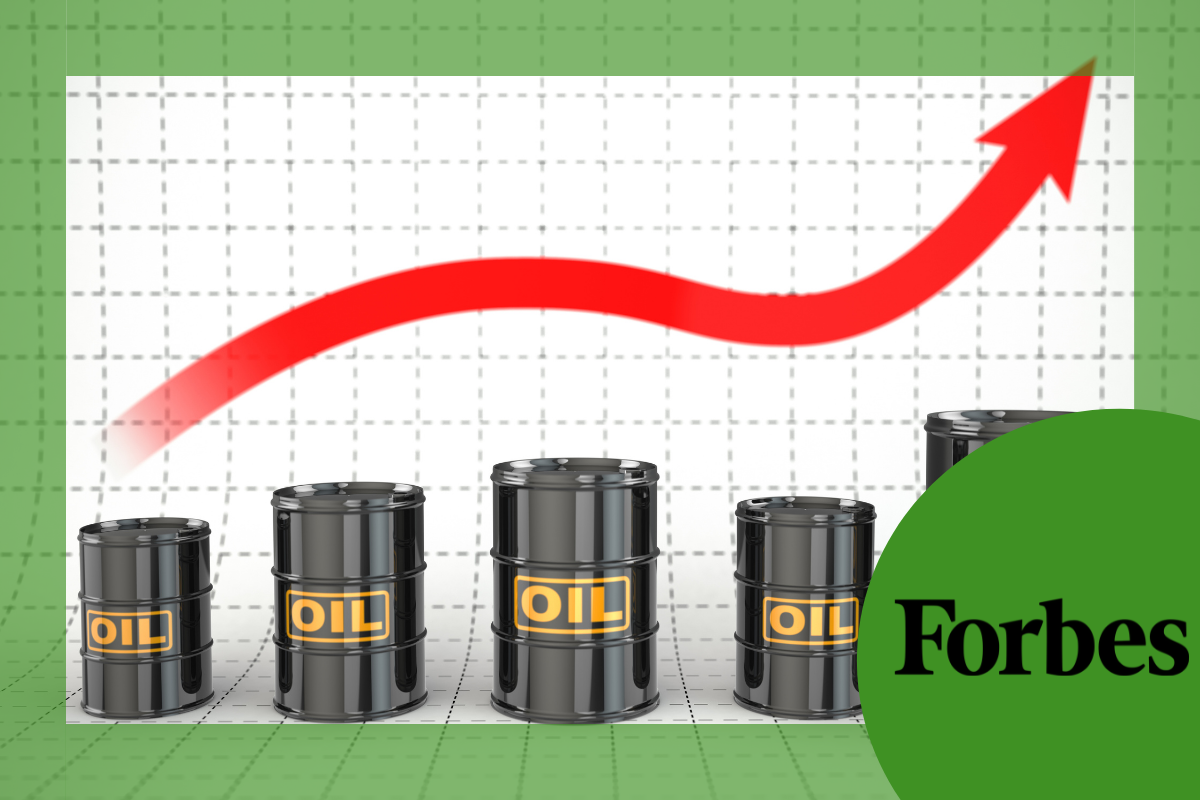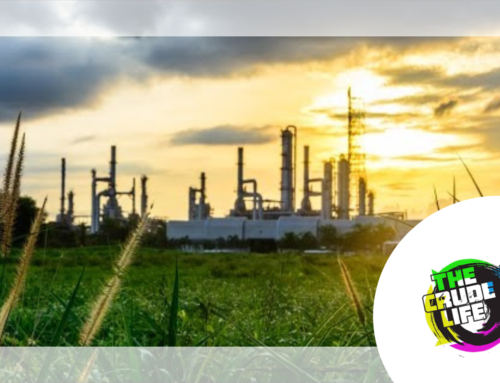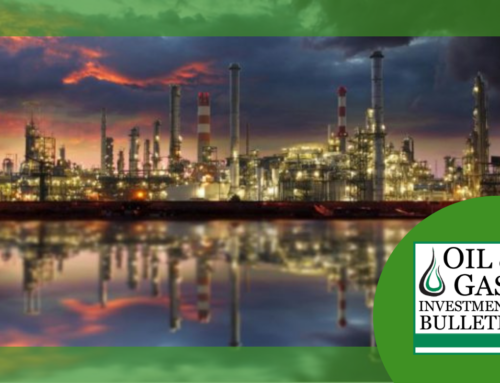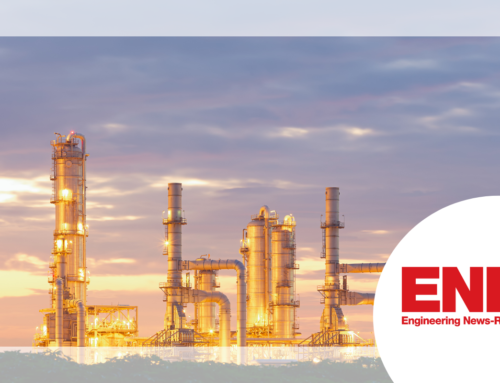Source:Forbes
On April 20, 2020, during the depths of the COVID-19 pandemic, the price for a barrel of West Texas Intermediate crude oil fell by 306% in a single trading day to close at negative $37.63. On Monday, October 18, 2021, WTI opened above $83 per barrel, a rise of more than $120. The whole energy world changed in 18 months, and it will no doubt change completely again in the 18 months to come.
One thing that’s changing right now, due largely to the influence of pressure from ESG investors, is where the oil and gas is coming from. U.S. and international corporate producers, increasingly intimidated by this pressure, are not creating the supply response one would normally expect to such high commodity prices. As the New York Times reported last week, the supply breach is being filled by state-owned companies in Latin America, the Middle East and Africa.
These state-owned companies are not under nearly as much pressure to cut back on production and emissions. That’s because, in part, their governments are not as focused on meeting the nebulous, unenforceable goals set under the Paris Accords as the U.S. and Europe have been, and because, as the Times notes, “…their political masters often want these oil companies to increase production to help pay down debt, finance government programs and create jobs.”
The Times says that this focus by these big oil-producing countries means that it could take decades for oil and gas production to begin to fall. But the reality, as the U.S. Energy Information Administration (EIA) reported early this month, is that demand for oil and natural gas across the world continues to grow, and will likely keep growing through 2050 and beyond.
Yet, the supply response in the U.S. to the higher prices for oil and natural gas and all of their various components and by-products has been unusually muted. The Enverus Daily Rig Count shows that, since August 1, the overall rig count in the U.S. has grown by 72 rigs over a span of 79 days, a pace of less than 1 rig being activated per day. During a normal boom time, we would have likely seen a pace of 3 to 4 rigs added back onto the market each day.
But, as I predicted early this year when it first became evident that we were entering a boom time for commodity prices as the global economy came roaring back far faster than the experts had projected, that supply response has been muted due to pressures on the industry from the government and ESG-oriented investor groups that control so much capital now. The rig count has doubled over the past year, but it remains a little more than half of where it stood in late 2019, just prior to the COVID pandemic.
This constraining pressure has been especially impactful on corporate upstream companies, which are more reliant on external capital markets to fund their ongoing operations. Scott Sheffield, CEO of big Permian Producer Pioneer Natural Resources, acknowledged the big constraining impact investors are having in the sector recently, telling a conference that “Everybody’s going to be disciplined, regardless whether it’s $75 Brent, $80 Brent, or $100 Brent,” Sheffield said. “All the shareholders that I’ve talked to said that if anybody goes back to growth, they will punish those companies.”
On the other hand, ESG-related pressures are also playing an important role in encouraging the upstream industry to clean up its act and reduce emissions. Nowhere has this influence produced bigger results than it has related to the longstanding natural gas flaring issue in Texas.
Last week, Houston-based Apache Corporation (NASDAQ: APA) announced that it has successfully eliminated all routine flaring in its U.S. onshore operations, a large portion of which take place in the Permian Basin and across Texas. In its release, Apache attributed the achievement to the major investments it has made in recent years in multiple major pipeline projects, as well as revising its compensation metrics to reward employees for achieving ESG-related goals.
Early in October, the Texas Railroad Commission issued a new report that indicates that overall flaring in the state has been cut by 75% since 2019, from 2.57% of overall production that year to just .57% as of July 2021. RRC Chairman Wayne Christian said “The drop in the flaring rate here in Texas follows a cooperative effort between the Railroad Commission and oil and gas companies to find innovative technological solutions that would result in less gas being flared and more gas being beneficially used to heat our homes, cook our food, and make products we use every day.”
Flaring remains an ongoing issue but has also been reduced significantly recently in the Bakken Shale in North Dakota. But progress towards completing the first significant greenfield crude oil refinery in the U.S. since 1979 continues apace. Meridian Energy, the developer and operator of the 49,500 barrel per day Davis Refinery in Central North Dakota, announced this month that it has entered into an offtake agreement for 100% of the refinery’s products with Musket Corporation. When the new refinery opens – it is currently scheduled to do so in 2023 – that production will amount to 360 million gallons of diesel and 280 million gallons of gasoline each year. In an interview during 2019, Meridian’s CEO Bill Prentice told me that ESG considerations played a major role in the project design, and that the Davis plant will be the cleanest and most sustainable refinery ever built in the U.S.
So, predictably, the U.S. industry is growing during a time of strong commodity prices, though not as quickly as it would have in less constrained times. Industry operators are still drilling wells, still able to build pipelines in some parts of the country, although Massachusetts and the other New England states remain hostage to Andrew Cuomo’s ban on interstate pipelines bringing Marcellus shale gas to the region. And Meridian is even progressing towards opening a new greenfield refinery. This kinder and gentler boom that I predicted here in February is proceeding as expected.
Globally, however, the predictable consequences of years of under-investment in the finding and development of major new oil and natural gas resources and premature mothballing of power plants fired by coal and natural gas are just now beginning to rear their ugly heads. Much of Europe currently finds itself fearing a full-blown energy crisis for the winter to come, caused by its premature efforts to shut down natural gas plants. China and other parts of Asia finds themselves short of coal, natural gas and crude oil as winter looms, and prices for all of those commodities continue to rocket up as those big consuming countries scramble to secure supplies.
As the old saying goes, everyone has a price. As prices for oil and natural gas continue their inexorable rise with almost every passing day, the question now becomes whether even those corporate producers in the U.S. will arrive at a price point at which they will summon the courage to inform their ESG investors that the time to drill in earnest has come. As recent developments have clearly shown, with today’s technology, incentives and processes, there is no reason why the U.S. industry cannot produce a real supply response in a safe, clean and sustainable way. ESG investor groups should be proud of the role they have played in making that happen.
The world is demanding more oil and more natural gas, and the U.S. industry can play a big role in providing it. If the Biden administration really wants to see more oil come onto the market, then it should be making calls to its friends in the ESG investor community to tell them the time for artificial constraints on one of our country’s most important industries needs to come to an end.







Leave A Comment